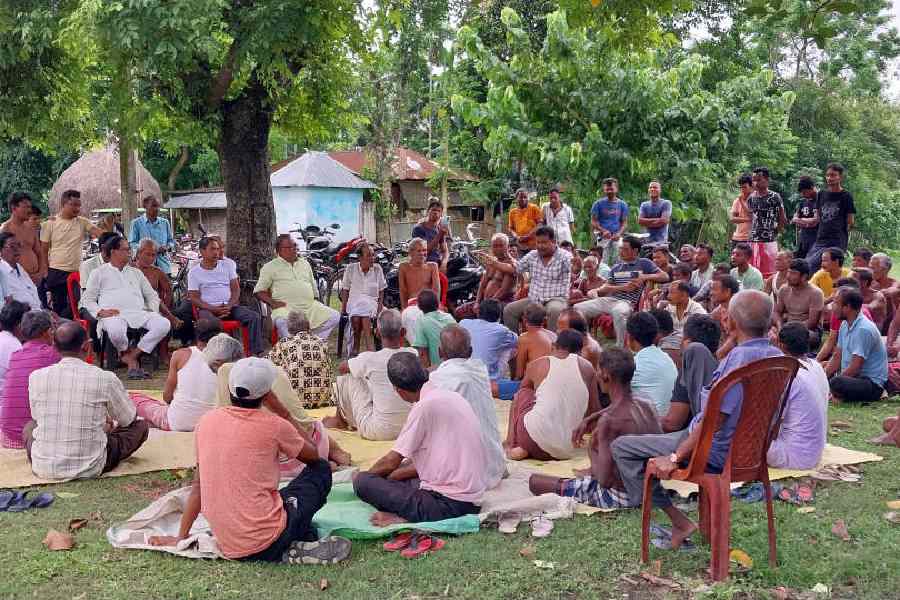Over 500 families dwelling in four villages close to the India-Bangladesh border in Jalpaiguri are facing a double whammy as the district administration and the Border Security Force (BSF) are taking initiatives to install fences along their areas.
So far, these villages didn’t have any fences.
“We are in utter confusion. On one hand, we want fences to come up at the border for our safety. After the recent change in the political situation of Bangladesh, people from the country came near the border and sought refuge in India. We fear they may enter our villages,” said Bakul Roy, a resident of Foudarpara of Boroshosi, one of the four villages in Jalpaiguri Sadar block.
“On the other hand, if fences are installed at a distance of 150 yards from Zero Point, our homes, agricultural fields, religious places and some other installations will go beyond the fences. This means we will be in a vulnerable position and there will be curbs in our movement as we have to move through gates that would be put up on the fences,” he added.
In 1947, four villages of the block — Boroshoshi, Naotori-Debottar, Chilahati, and Paranigram — which are under Dakshin Berubari panchayat of the block, remained within Indian territory but were not cited in the official map of the country. Instead, they were cited to be in the territory of the then East Pakistan (now Bangladesh).
“These villages were marked as areas in adverse possession. Thus, a total stretch of 16km along the India-Bangladesh border which is along these villages remained unfenced so far. In 2015, when India and Bangladesh signed the land boundary agreement, rectification was done and these villages were formally included in the Indian map,” said Saradaprasad Das, a representative of the Dakshin Berubari Simanta Pratiraksha Samiti, a forum that represents these villagers.
Since then, the villagers have been demanding that fences be installed along their villages. After the fall of the Sheikh Hasina government in Bangladesh, the demand for fences intensified with groups of Bangladeshis assembling near unfenced stretches and requesting they be allowed to enter India.
Sources said that in 2018, the BSF and the Border Guard Bangladesh (BGB) conducted a joint survey during which pillars were installed at the border.
Palendranath Roy, a resident of Boroshoshi, said recently they had walked up to the district magistrate’s office in Jalpaiguri to assert they were ready to part with land needed to put up fences and build a border road.
“Recently, a meeting was held among BSF and BGB officials. We have learned that the BGB has asked BSF not to make any construction within 150 yards from Zero Point. Now if the BSF goes ahead and puts fences at such margin, around 500 families would be left beyond the fences. We won’t accept it,” he said.
On Sunday, the villagers held a meeting in Boroshosh to discuss the issue. It was found that along with houses, stretches of agricultural land, temples, and even anganwadi centres are located within 150 yards from Zero Point.
“It will be like living on no-man’s land. We urge the administration to ask the BSF to install fences within 50 yards from the zero point, and if required, take up the issue with the BGB,” said Das.
“If teams from the administration come here for survey and identification of land, we will apprise them about our demand,” he added.











